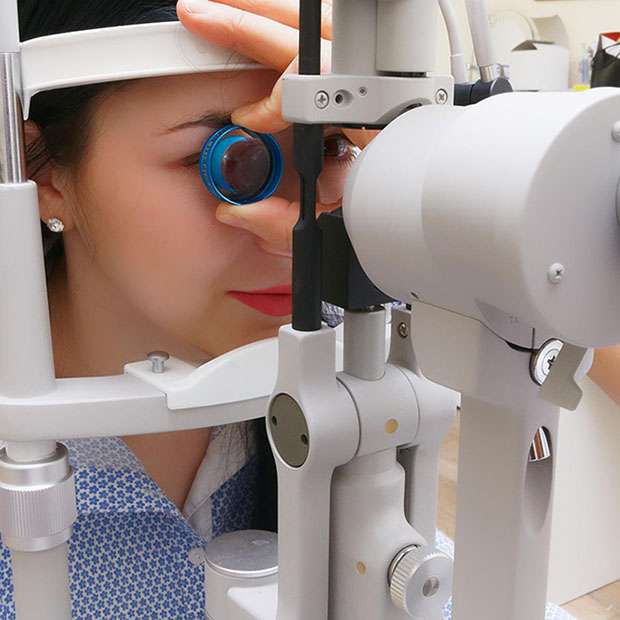How Often Do We Need Eye Exams?

Most dentists will recommend a cleaning and dental exam twice a year, but how often do we need our eyes checked?
It’s as important to get preventative care for our eyes as for our teeth, and that means getting eye exams when we don’t need an updated prescription for our glasses or contact lenses. Human eyes are incredibly complex organs with many ways for something to go wrong. Regular eye exams are how we ensure that problems are caught early — the best time to catch them.
What Does a “Regular” Eye Exam Mean for Me?
Each patient’s ideal eye exam schedule depends on their age and any risk factors they have. Broadly, we recommend that children get their first eye exam around six months old, their second around their third birthday, and another before they start first grade.
Early childhood eye exams are critical for catching, diagnosing, and treating vision problems that can seriously interfere with their learning. A shocking number of these eye conditions go undiagnosed (including by the school nurse, who is no substitute for an eye doctor).
For older kids and adults, eye exams every two years is usually enough until about age 60. Beyond that, we’d like to see our patients once a year. However, some cases are different and require more frequent appointments within these age groups.
Risk Factors for Eye Disease
A major risk factor is a family history of glaucoma, macular degeneration, or other eye diseases — or even a family history of hypertension or diabetes. Certain medications can cause dry eye as a side effect, which is a risk factor for some eye problems. It’s important to keep track of such side effects so that they don’t develop into major discomfort or even eye infections.
A risk factor that can be controlled is a smoking habit. Smoking dramatically raises the risk of most sight-threatening eye conditions, including diabetic retinopathy, cataracts, glaucoma, and age-related macular degeneration. Another controllable risk factor is UV exposure. The damage the sun does to our eyes is cumulative over the course of our lives, and we can minimize it by wearing UV-blocking sunglasses (and maybe adding a wide-brimmed hat too) whenever we’re outside or driving in daylight.
Eye Problems Don’t Follow Appointment Schedules
While the recommended eye exam schedule is great in times when you aren’t experiencing other problems with your vision or eye health, if an issue comes up with the next appointment still months or more than a year away, don’t wait! Come see us right away if you experience any of these symptoms:
- Sudden sensitivity to light. This could indicate an eye infection.
- Difficulty driving at night or loss of night vision. This can be a sign of vision loss.
- Blurry vision. A simple prescription update might be enough to correct this, but even if it’s that simple, why wait to fix it?
- Frequent headaches. These are often connected to eye problems, such as digital eye strain.
- Bright flashes, peripheral vision loss, or an increase in floaters. These are symptoms of retinal detachment, which can mean permanent blindness if it isn’t treated very quickly.
We Can’t Wait to See You!
Keeping track of an appointment that only comes along once every other year can be tricky, but we urge our patients to make their recommended eye exam schedule. If you simply don’t remember how long it’s been since your last appointment, you can start your schedule fresh! Contact us to find a good time for your next appointment. Your eyes will thank you!
